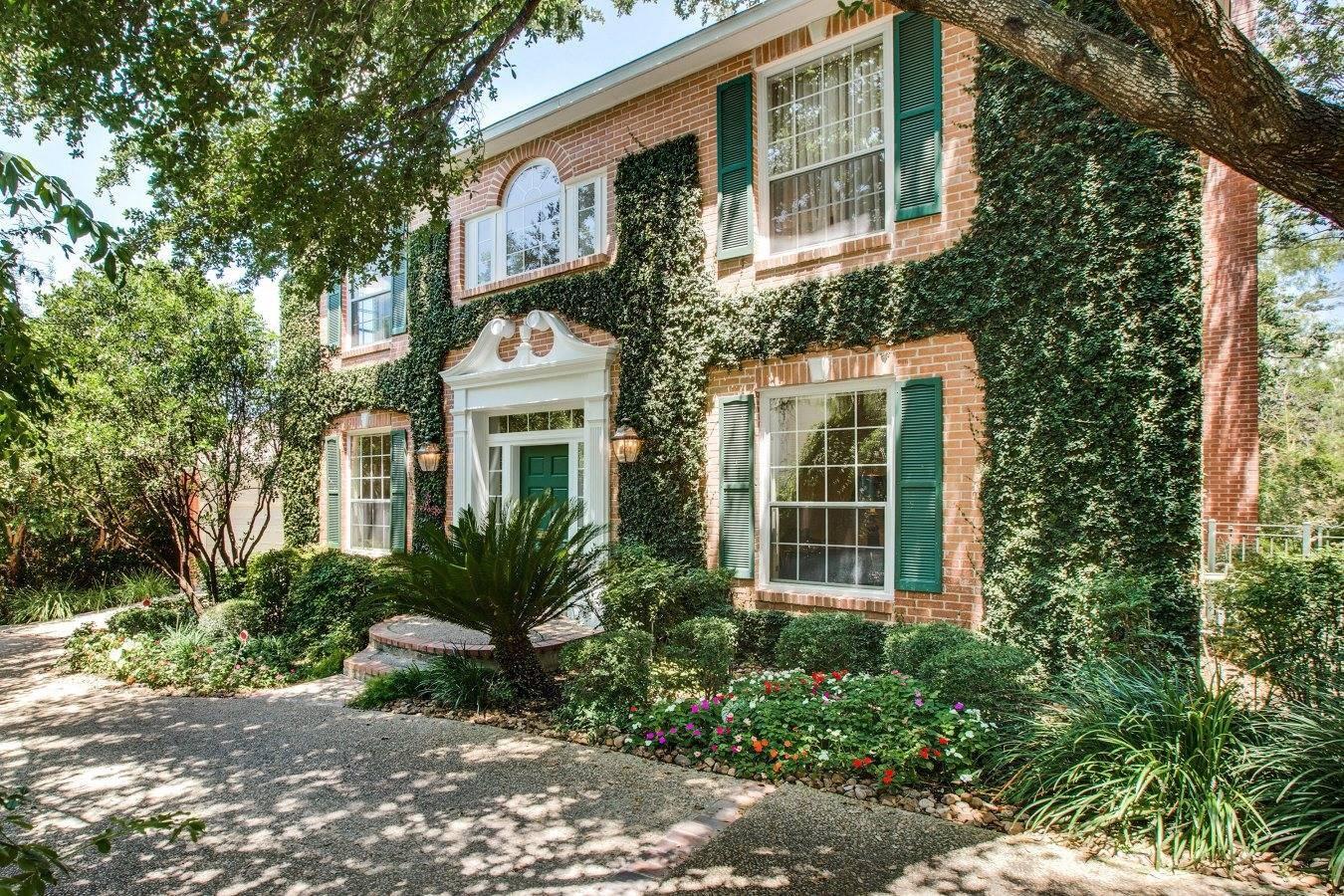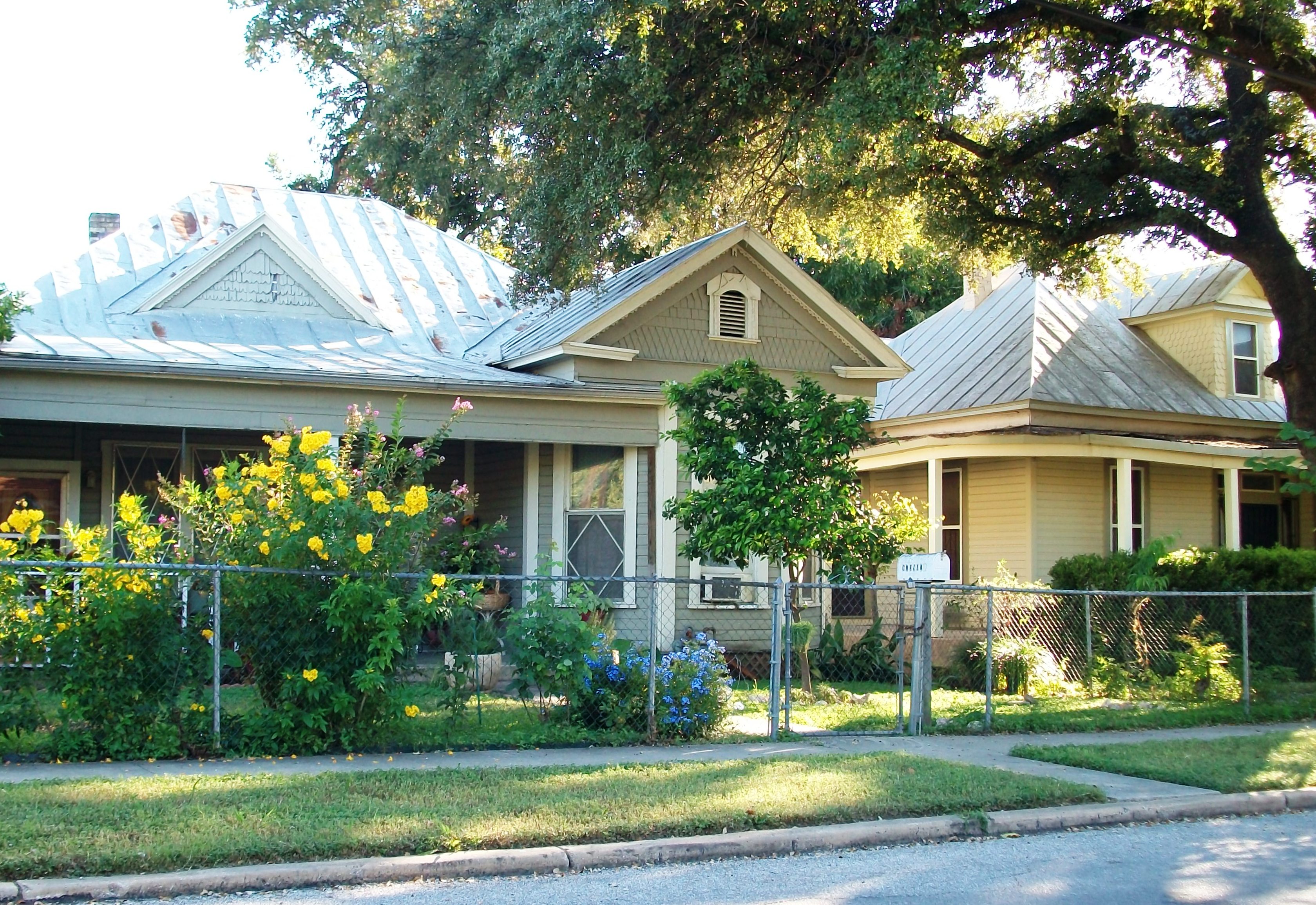Housing
Priority areas
The City has identified priority areas where housing can be increased: regional employment centers, regional centers, mixed-use centers, premium transit corridors, key arterial corridors, underserved areas of the city, areas of the city where there is high land capacity for growth and land near the city center.
San Antonio’s polycentric economic geography, with large concentrations of employment and housing throughout the city, makes living near work more likely for many residents. There are eight regional employment centers that can become “Activity Centers” where we concentrate growth in employment, housing and amenities such as entertainment, retail and educational and cultural institutions. Portions of other center types currently are, or can be, attractive mixed-use areas supporting a range of housing types. The 13 regional centers can capture more than half of multifamily development during the next 30 years, transforming many areas into vibrant, high-density, highly walkable, mixed-use neighborhoods. (See Chapter 5, “Regional Centers” for maps and analysis.)
It’s also more fiscally sustainable to concentrate higher-density housing and employment in regional centers and near transit stations than to continue the outward growth beyond the city’s borders. Timing is critical. As the market realizes a neighborhood is being revitalized, land prices start to rise. We can develop specific action plans now that will support a mix of uses and higher-density development and provide incentives for developers to move quickly to provide a range of housing options. We can also invest in neighborhood amenities and infrastructure that will attract new employers, retail businesses and residents.

